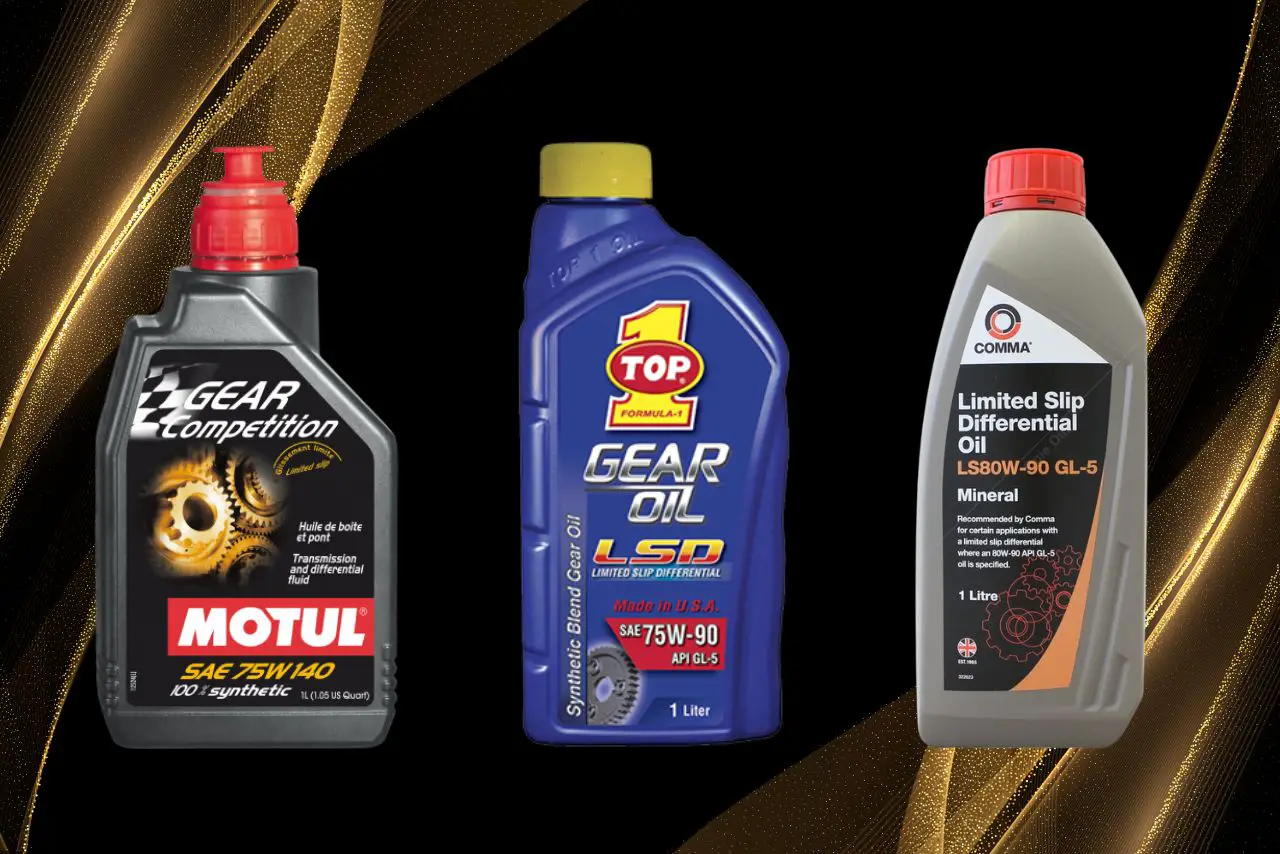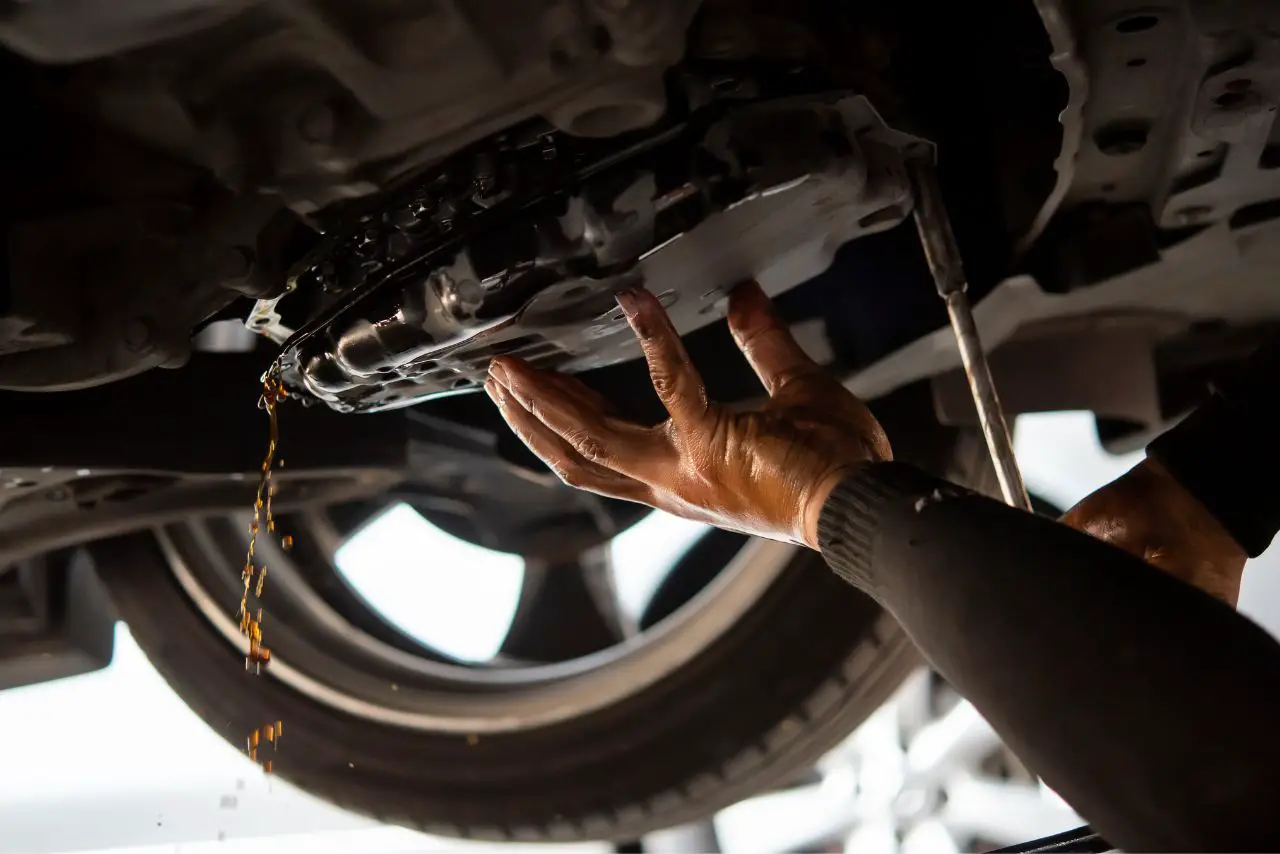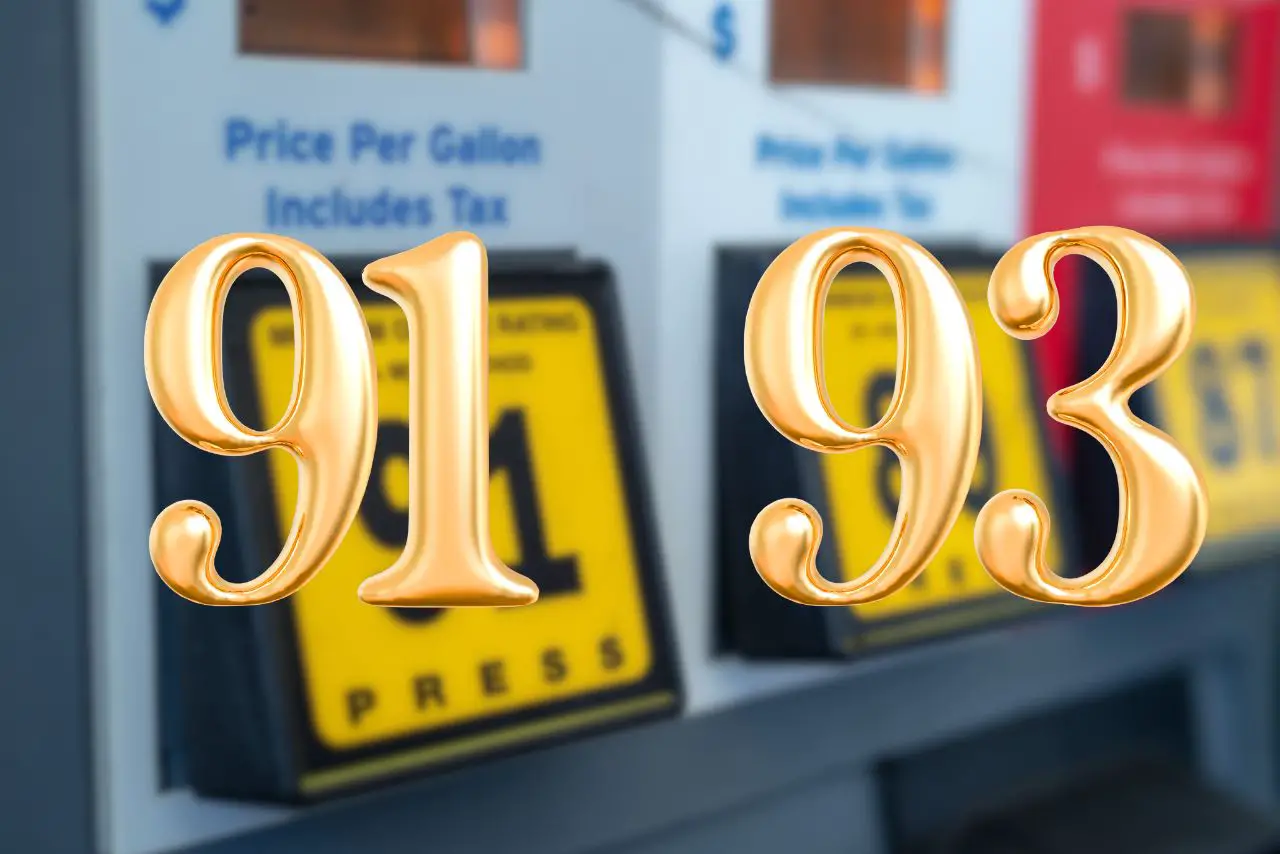Why is My Oil Light Flickering? The oil light flickering is a warning that your engine is low on oil, or that there is a problem with the oil pressure system.
Generally, the light will flicker when the oil level drops below the minimum level for proper lubrication, or if there is a malfunction in the oil pressure system.
In either case, it is important to check the oil level and pressure as soon as possible and take corrective action to prevent further damage to your engine.
The oil light in your car is one of the most important warning indicators, and it is essential to pay attention to it.
A flickering oil light can be caused by low oil levels, a failing oil pump, or a clogged oil filter, all of which can cause serious engine damage if not addressed quickly.
Understanding the causes of a flickering oil light and what steps to take can help you avoid potential damage to your engine.
In this article, we’ll explore some common reasons why your oil light might be flickering, from simple issues such as low oil levels to more complex problems like failing sensors or worn-out engine parts.
By understanding these common causes, you can troubleshoot the problem and take action before it becomes a major issue. Let’s dive in!
Ensure Oil Levels Are At The Correct Level
As a car owner, it’s important to make sure your oil levels are at the correct level. Oil helps keep your engine running smoothly and prevents it from overheating and causing damage.
To check your oil levels, you’ll need to open the hood of your car and locate the dipstick. It’s usually found near the engine and is a thin metal rod with a handle. Pull the dipstick out and wipe it clean with a rag.
Put it back in and then pull it out again and check the oil level. The dipstick will have markings on it to indicate the correct oil level.
If the oil level is too low, add some oil. You can get oil from your local auto parts store. Make sure you get the right kind of oil for your vehicle. If the oil level is too high, you can drain some of the oil out.
It’s important to keep your oil levels at the correct level to ensure your engine runs properly and lasts as long as possible. Check your oil level at least once a month and add or drain oil as needed.
Check The Oil Pressure Warning Light Switch And Clean If Necessary
It’s a good idea to check the oil pressure warning light switch and clean it if necessary. This is a simple task that can save you a lot of money in the long run.
First, make sure the car is off and the parking brake is engaged. Locate the oil pressure warning light switch and unscrew the panel that covers it.
Then, disconnect the wiring harness from the switch.
Using a clean cloth and some solvent, clean the switch. Be sure to get all the dirt and debris that may have built up. Once the switch is clean, reconnect the wiring harness.
Now, start the car and take it for a test drive. Make sure the oil pressure warning light is working properly. If it is, you have successfully cleaned the switch.
If the light won’t come on, then the switch may need to be replaced. You can find a replacement switch at any auto parts store.
Remember, checking and cleaning the oil pressure warning light switch is an easy and important task to perform.
So make sure to check it regularly and clean it if necessary. Doing so will ensure that you know when your oil pressure is low and prevent costly repairs.
Check The Oil Pressure Warning Light Switch And Clean If Necessary
If you’re looking to buy a used car, one of the most important things to check is the oil pressure warning light switch.
This part is essential for ensuring that your car runs smoothly and safely. If it’s not working properly, it could be a sign that there’s something wrong with your engine.
To check the oil pressure warning light switch, you’ll need to take a look under the hood.
If you’re not comfortable doing this yourself, you can always take it to a mechanic to have them check it out. The switch is usually located near the engine, so it should be relatively easy to spot.
Once you’ve located the switch, you’ll want to make sure it’s clean. Dirt and grime can build up over time, so it’s important to clean it regularly.
To do this, you’ll need to get some degreaser, a rag, and a brush. Start by spraying the degreaser onto the switch and then use the rag to wipe it off.
Finally, use the brush to scrub away any remaining dirt and grime.
Once you’re done, make sure to start your engine and check that the warning light is working properly. If it’s not, you may need to replace the switch.
Check The Oil Pump For Wear And Tear And Replace If Necessary
When you’re looking to buy a car, it’s important to check the oil pump for wear and tear. This is a vital part of the engine, and a worn out pump can lead to a lot of expensive repairs down the road.
To check the oil pump for wear and tear, you’ll need to open up the hood and locate the oil pump.
It will be near the oil pan, and visible if you look closely.
Check the pump to see if there are any signs of damage, such as cracks, dents, or corrosion. If you find any of these, it’s important to replace the oil pump.
Replacing the oil pump is a job that’s best left to a professional. Be sure to get quotes from multiple mechanics so that you can get the best deal.
Make sure to ask questions and get a full explanation of the work that needs to be done.
Once the oil pump is replaced, it’s important to check the oil level regularly. This will help ensure that your car is running smoothly and efficiently.
It’s important to keep an eye on the oil pump when buying a car. Worn out pumps can lead to costly repairs, and it’s better to replace them before you buy the car.
Taking the time to check the oil pump for wear and tear can save you a lot of money in the long run.
Can I Drive With Flashing Oil Light?
Flashing oil light, a surefire sign of trouble. When you hear a loud ticking noise from the engine, or you notice the oil light flashing, it’s time to pull over and inspect the vehicle.
These warning signs point to an underlying engine problem that requires immediate auto repair.
Attempting to drive the vehicle when the engine warning light is on is unsafe, not only for you, but also for the well-being of other motorists and pedestrians.
Ultimately, safety should be your top priority. If your vehicle is experiencing oil light flickering or any other engine-related problems, be sure to visit a reputable auto repair shop and seek professional help if necessary.
By heeding these warning signs and addressing the problem promptly, you can rest assured that your vehicle will reach its destination safely and with flying colors.
Conclusion: Why is My Oil Light Flickering?
Why is My Oil Light Flickering? A flickering oil light can be an indication of a serious issue within your vehicle. Ignoring this warning sign can lead to major engine damage and costly repairs.
However, by taking the time to ensure that your oil levels are at the correct level, checking the oil pressure warning light switch, inspecting the oil filter and pump for wear and tear, you can avoid potential damage to your engine.
By following this buying guide, you can improve the performance and lifespan of your vehicle while also saving time, money, and stress in the long run.
FAQs
What causes my oil light to flicker?
The oil light may flicker due to a low oil level, a damaged oil pressure sensor or a faulty oil pump.
What should I do if my oil light is flickering?
If your oil light is flickering, you should immediately stop driving your vehicle and check your oil level.
What happens if I ignore the flickering oil light?
Ignoring the flickering oil light could cause serious engine damage, so it is important to address the issue as soon as possible.
What are the symptoms of a low oil level?
The symptoms of a low oil level include a flickering oil light, increased engine noise, and increased engine temperature.
How often should I check my oil level?
You should check your oil level every 3,000 miles or as recommended by your vehicle’s manufacturer.






Leave a Reply